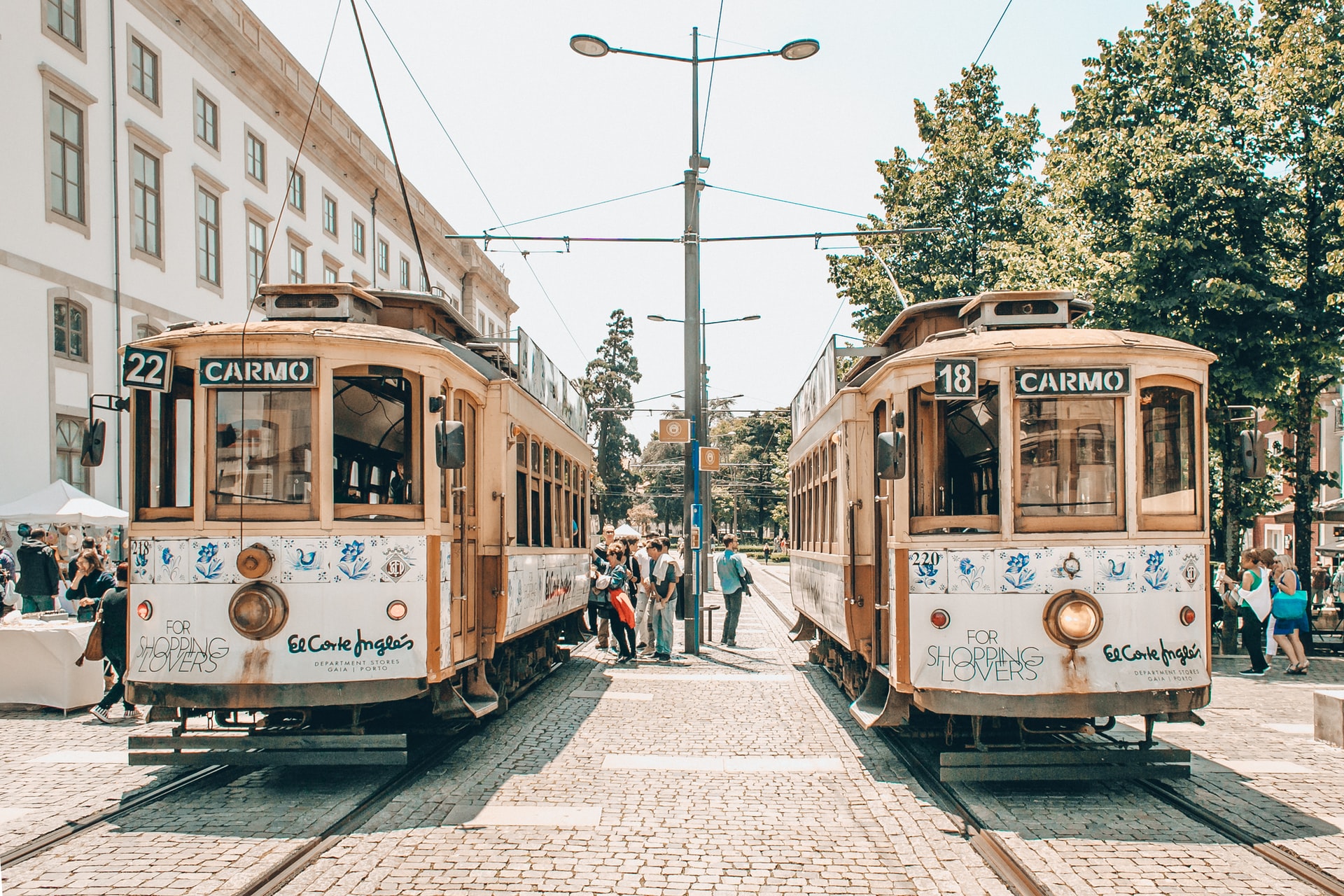The UNESCO World Heritage City of Porto is one of Europe’s most fascinating travel destinations, with a history full of adventures. By the way, did you know that Porto is where the country of Portugal originated?
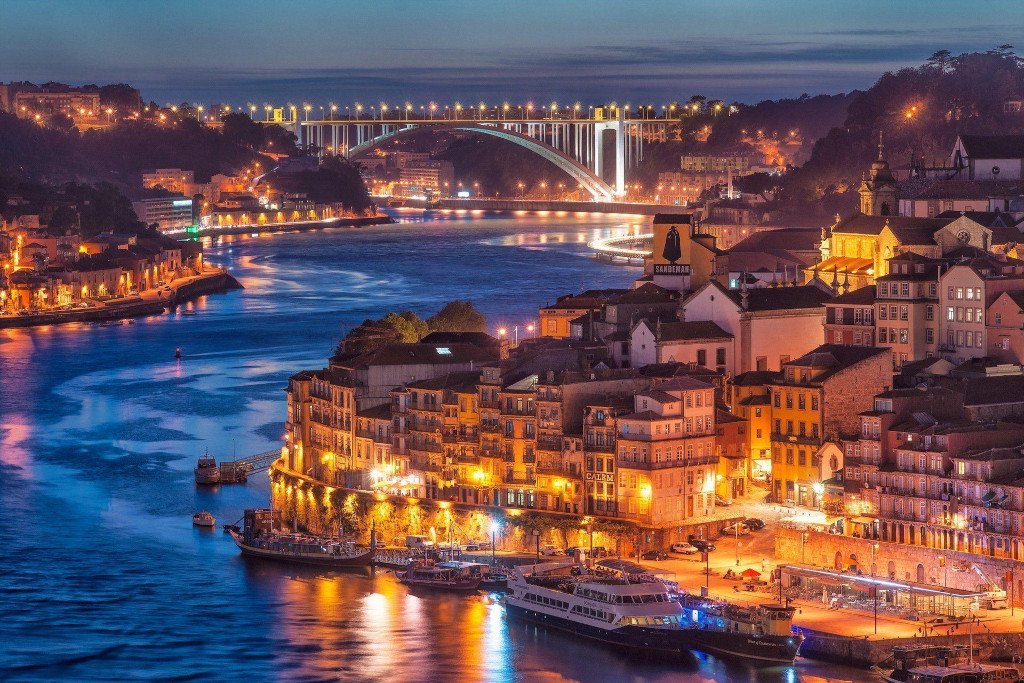
Porto, previously known as Cale, was a little Celtic hamlet located on the mouth of the Douro river. In the 1st century BC, the city was an important location on the main trade route between Lisbon and Braga. The Romans added a port and named it “Portus Cale”. This was the basis of the name the city has today – “Porto” – and also the name of the nation of Portugal.
Centuries of Conquest
Between 410 AD and 584 AD, the region was invaded by the Germanic Suebi people, who took control from the Romans and made the city that we now know as Braga their capital. However, the Suebi rule over the area was short-lived, as they were overrun by the Visigoths in 584 AD who renamed the settlement at Porto, Portucale. Control of the region changed once again in 711 when the Moors invaded most of the Iberian Peninsula.
In 868, Count Vímara Peres, a Christian warlord from Galicia, overthrew the Moors and took control of the region from the Douro River to the Minho River in the North. There, at the beginning of the 12th century, his descendants constituted the first County of Portugal (Condado de Portucale), creating a national identity and the basis of Portugal as a country.
The Age of Discovery
Fast forward some centuries…
In 1386, King John I of Portugal was wed to Philippa of Lancaster, daughter of the English first Duke of Lancaster, John of Gaunt. This was the beginning of the Treaty of Windsor alliance between England and Portugal, the oldest military alliance between any two countries in the world.
Blessed by the deep waters of the Douro River, during the 14th and 15th centuries, Porto became a major trading port and one of the greatest shipbuilding centers in Portugal. It was the port from which Prince Henry the Navigator set sail in 1415, beginning the Portuguese Age of Discovery.
During this expedition, Henry fought in the battle to capture Ceuta, a strategic port on the coast of Morocco, at the Mediterranean entrance to the Strait of Gibraltar.
The inhabitants of Porto made great sacrifices in order to help the navy that conquered Ceuta. It is said that they offered all the good meat to the expeditionary forces that set sail from Porto, keeping only the tripe for themselves. As a result, they are known as “tripeiros” (literally, “tripe eaters”). This is the origin of one of the most traditional dishes of the local cuisine, “tripas à moda do Porto”.
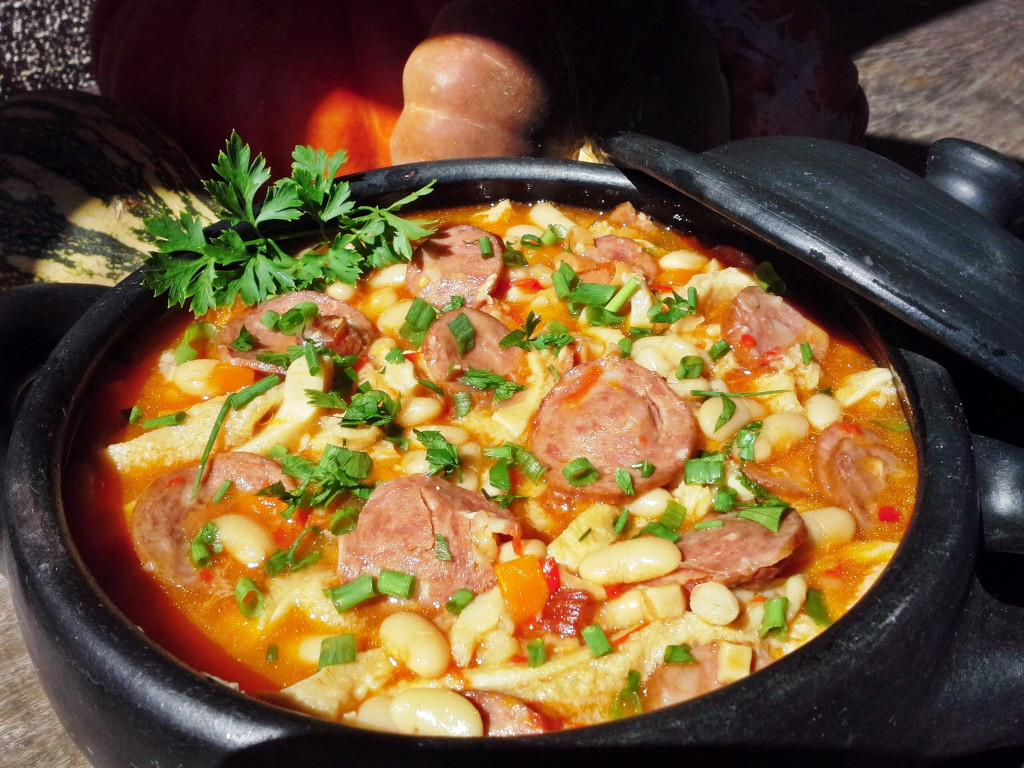
Wine and Bridges
By the 1700s, wine was already an important part of the economy and contributed enormously to the growth of Porto. Boats known as barcos rabelos transported barrels of wine down the Douro River from the vineyards of the Douro Valley. In 1703, the Methuen Treaty established trade relations between England and Portugal, and by 1717 the first English trading post for Port wine was already operating out of Porto.
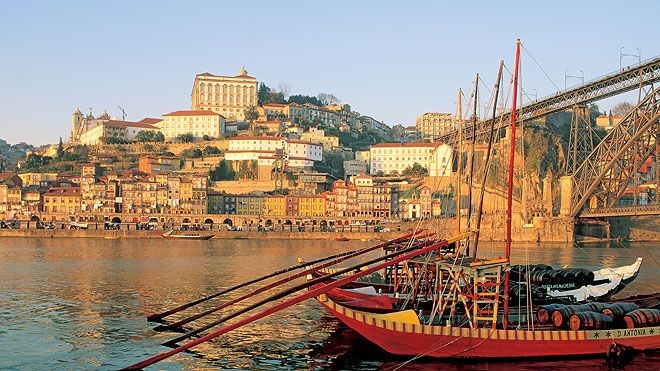
The 18th and 19th centuries were a period of growth and conflict for Porto. Napoleonic troops invaded in 1809. During the invasion, many people fled across the pontoon bridge, Ponte das Barcas, which subsequently collapsed under the weight of the pursuing French legionnaires. The French troops were outflanked by Arthur Wellesley, the first Duke of Wellington, who commandeered wine barges to cross the river with his troops from the banks of Vila Nova de Gaia.
The Ponte das Barcas bridge was the first of many to cross the Douro River in Porto, linking the north and south banks. After its collapse, it was replaced in 1843 by the Ponte Pênsil, a suspension bridge also known as the Ponte Dona Maria II. The Ponte Pênsil was demolished after the completion of the D. Luis I bridge in 1866, but two of its supporting pillars can still be seen to this day alongside the D. Luís I bridge.
The first iron bridge, the Ponte D. Maria Pia, was opened in 1878. It was a railway bridge, designed by Gustave Eiffel. It was considered a feat of engineering at the time. The Ponte D. Maria Pia Bridge is still standing today.
The more famous Ponte Luís I bridge, an icon today for the city of Porto, was opened to the public in 1886. It was designed by Teophile Seyrig, a former partner of Eiffel.
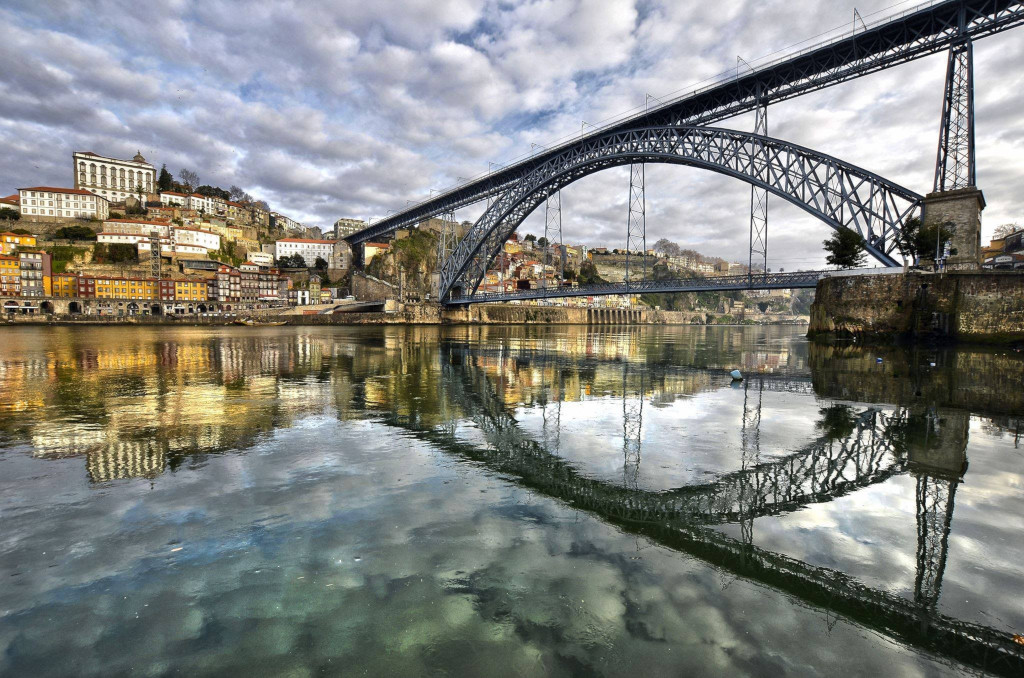
The Siege of Porto
Porto has a long tradition of defence of civil rights. Its population withstood the Siege of Porto from 1832 – 1833, a series of military battles between the Royalist forces of King Miguel I and the Liberal forces of King Dom Pedro I of Brazil. The Liberal forces were victorious and Pedro became King Dom Pedro IV of Portugal, also known as “the Liberator”.
The sacrifice of the people, who fought to support the Constitutional Charter, made the victory of the Liberal cause possible. As a result of this heroic action, King Pedro IV described the city as the “very noble, undefeated and ever loyal city of Porto”. For all this it is considered the most impressive city in the north and deserved the classification of World Heritage Site by UNESCO.
Porto Today
Porto is a modern city with over 230.000 inhabitants. The Porto metropolitan area has over 1.7 million citizens. It is the second-largest city in Portugal, after Lisbon.
You can discover Porto’s rich heritage by visiting the city’s magnificent historical center, its museums, and historical heritage sites. And, of course, across the river in Vila Nova de Gaia are dozens of Port wine lodges where tours and tastings are always available.
The people of Porto love to recreate traditions and customs, recovering old practices and ways of living. The popular festivals, food and wine are always part of the collective celebration of these traditions, as a call for everyone to join in.
We will be publishing more information about Porto in future posts. Follow us to get the latest information!

